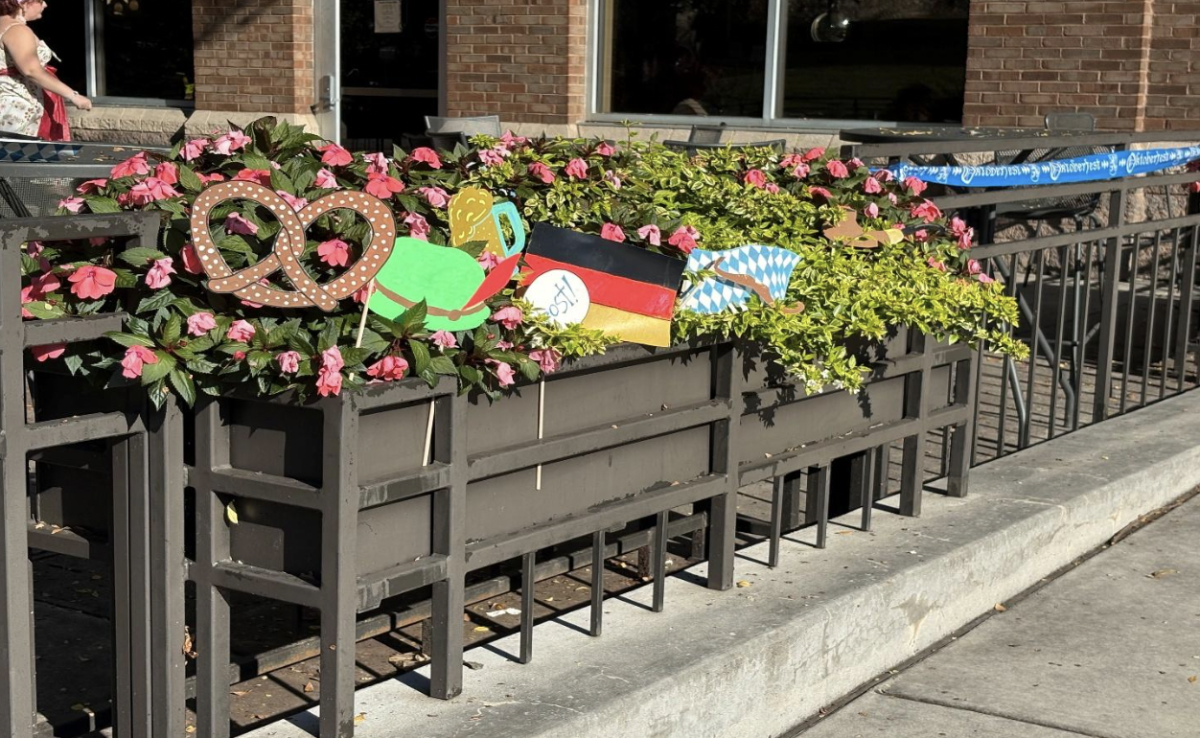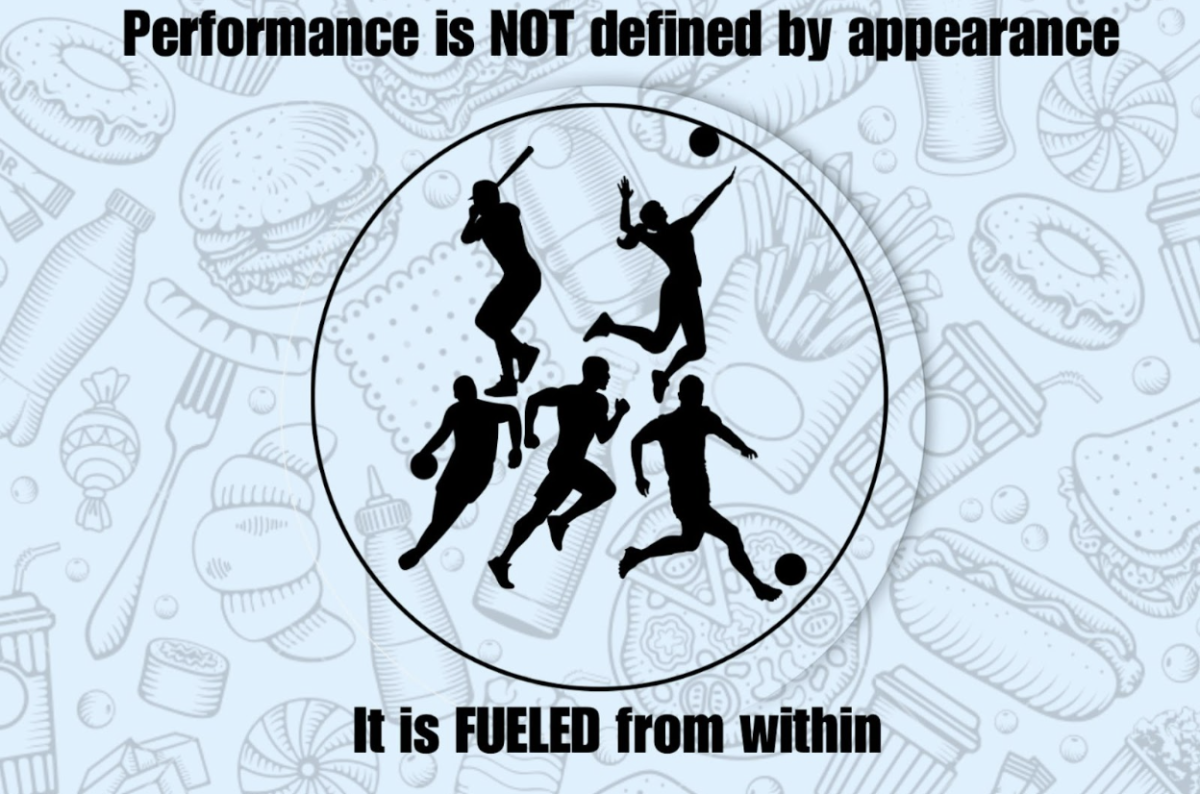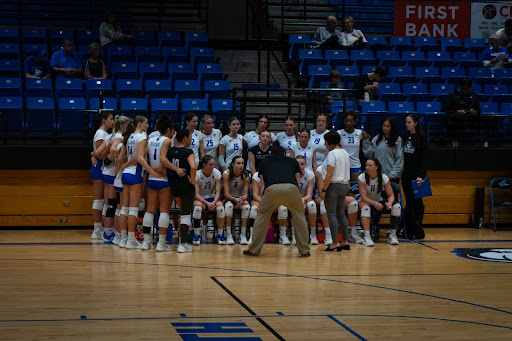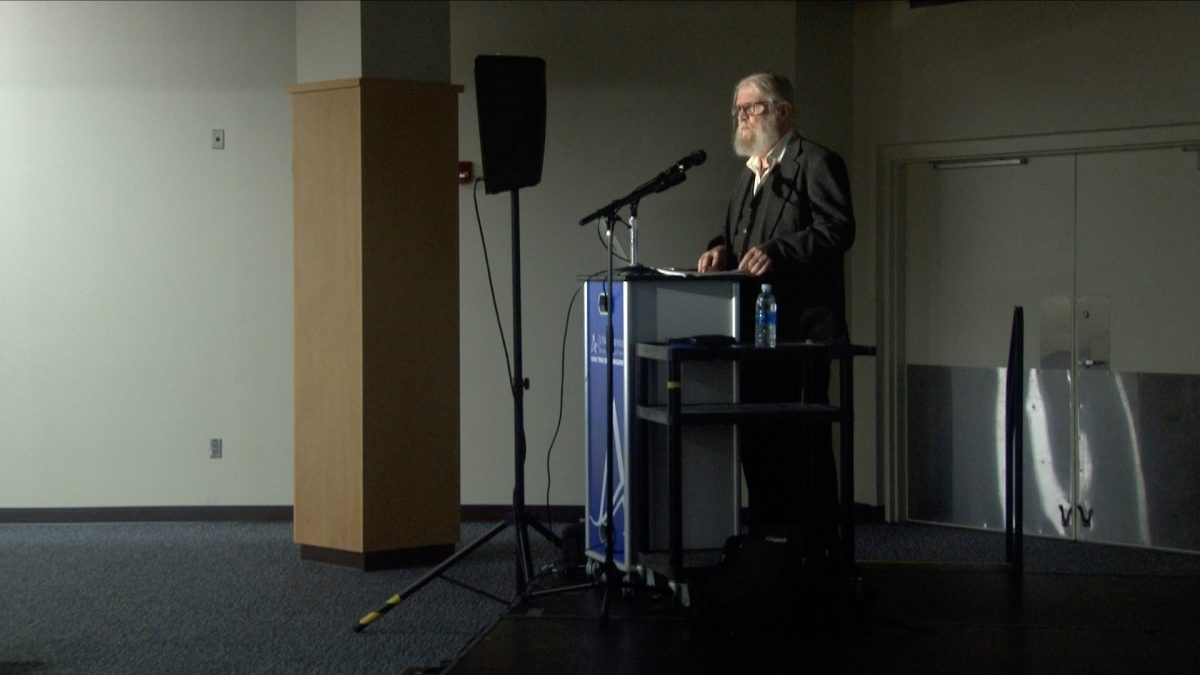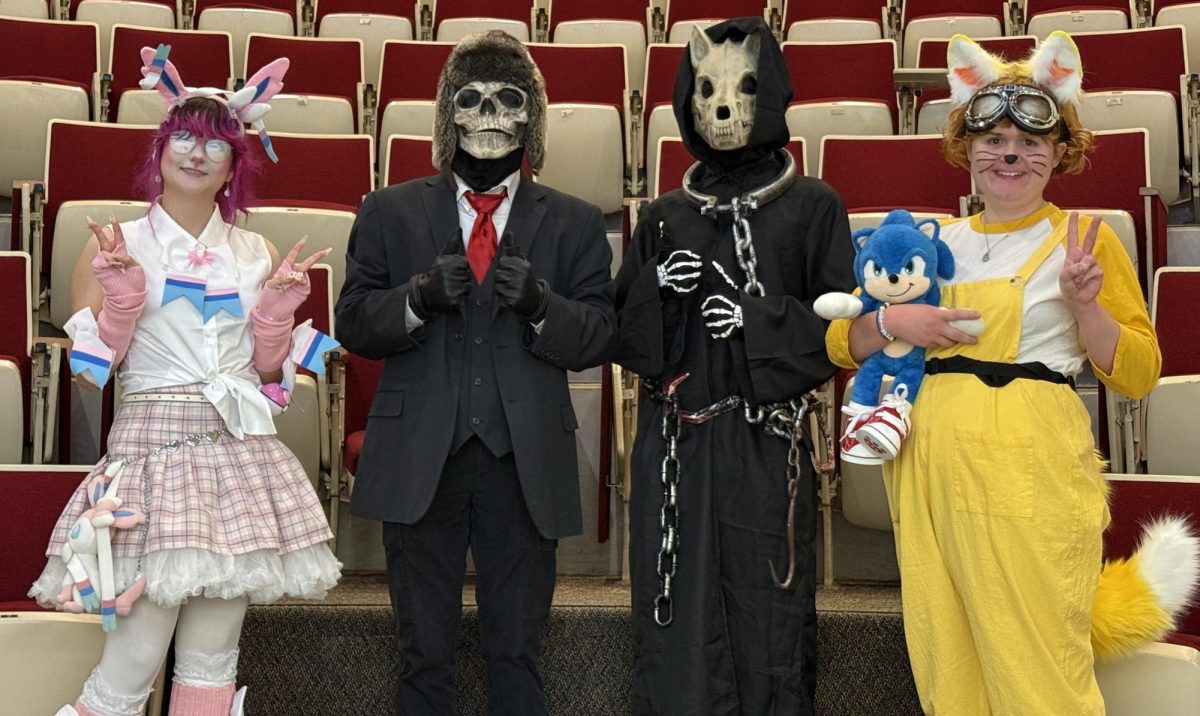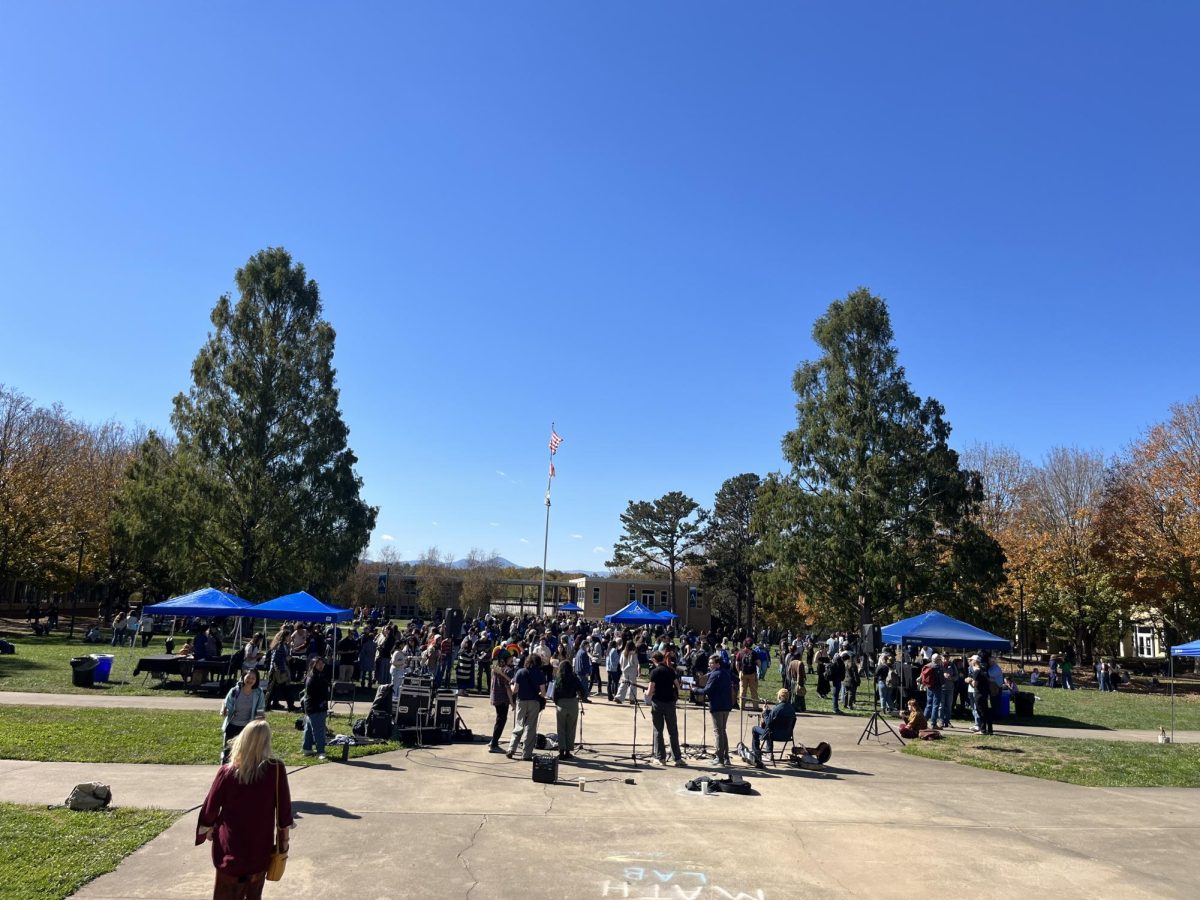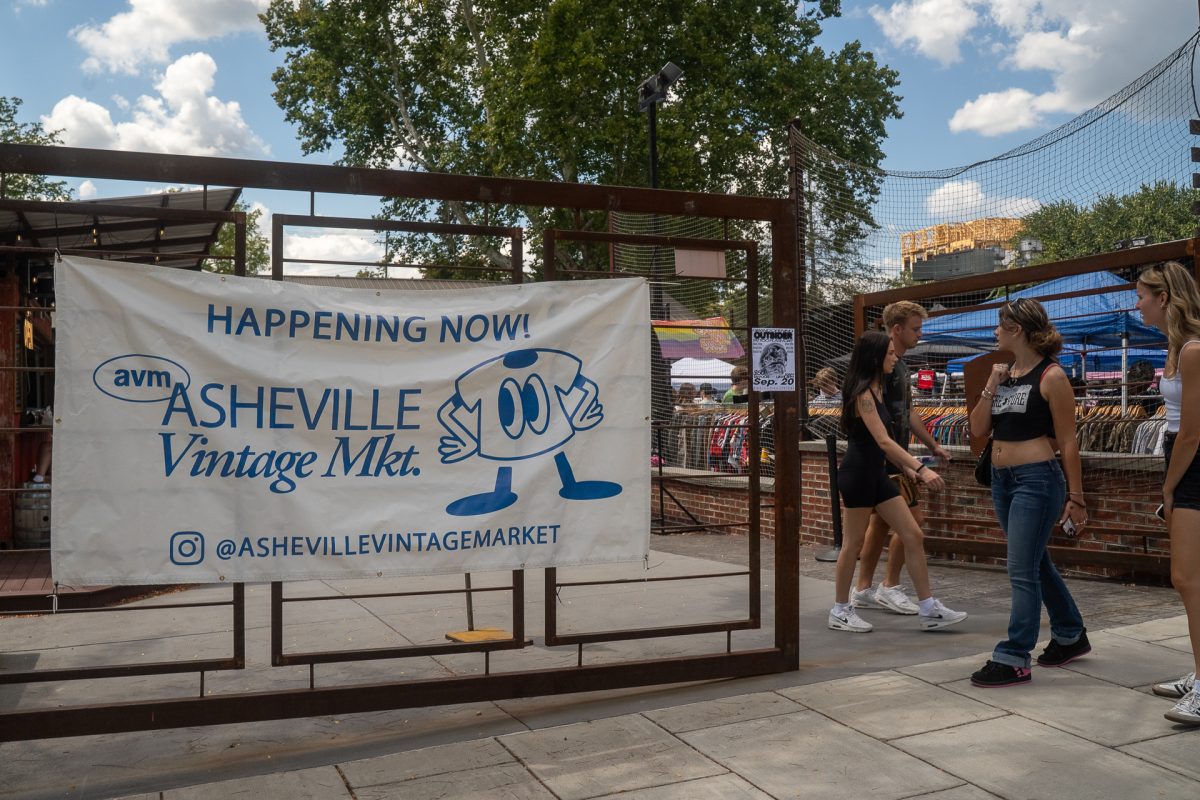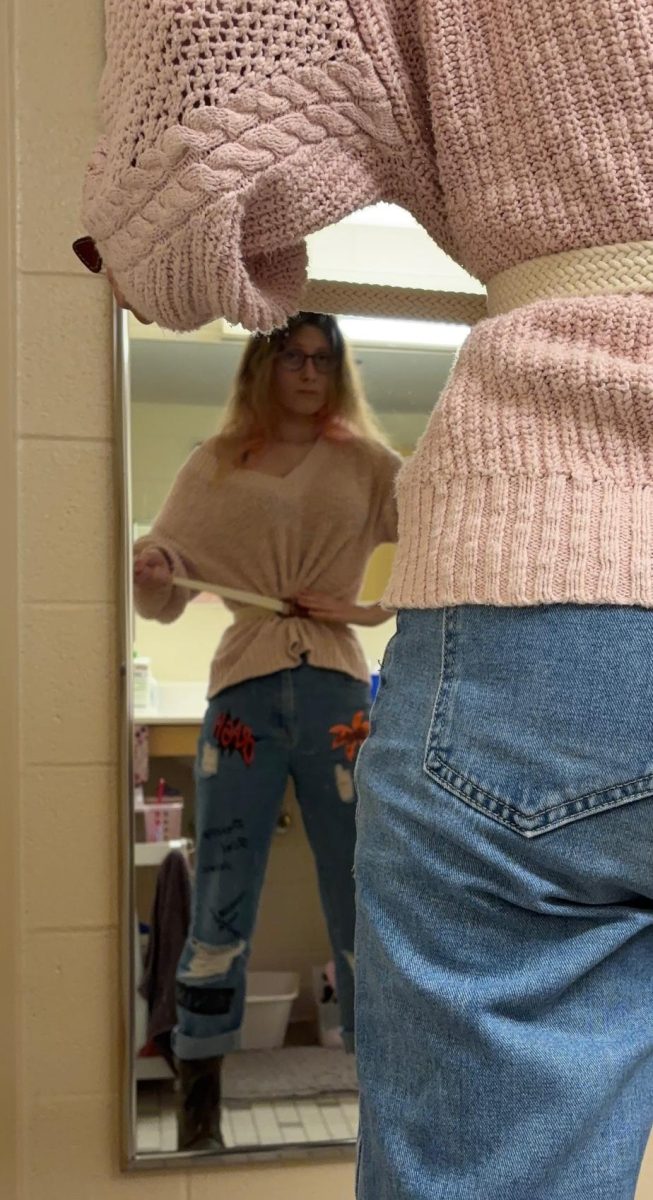Affordability and ecological awareness are some reasons students like UNC Asheville senior Emma Montgomery shop used.
“It saves me money,” Montgomery said. “ It helps support the environment. Fast fashion is a huge problem. So much clothing is thrown away every year. By thrifting, we can reduce the impact of clothing dumps.”
Montgomery noted the appeal of finding unique pieces in local Goodwills and vintage stores across the city. Asheville has multiple Goodwill stores, with even more in nearby Black Mountain and Hendersonville, alongside a network of independent thrift and antique shops.
Asheville thrifters say reselling can be more than casual shopping.
“These vendors rely on it full time,” said Dustin Wilkie, founder of Asheville Vintage Market. “They put in serious effort, curating, washing, repairing and styling every piece to make it shine.”
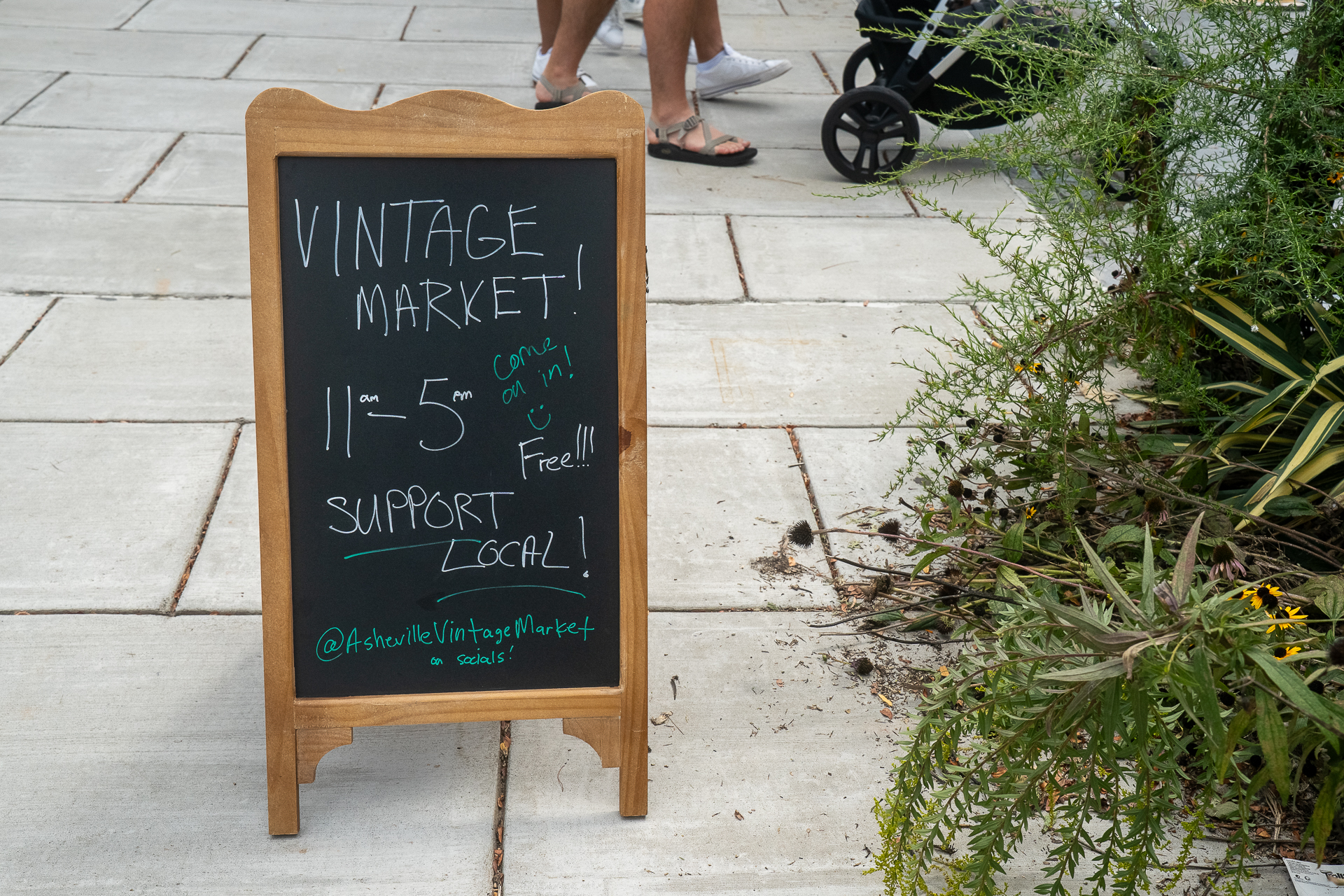
Since launching in 2021, the monthly market has steadily grown, offering a community-driven alternative to mass-produced trends.
Wilkie, who also works in marketing and creative direction for clothing brands, said his work with fast fashion (inexpensive clothing produced rapidly by mass-market retailers in response to the latest trends) made him more conscious of these companies’ practices and resale value.
“Some of the brands I work with are fast fashion brands that just pump out barrels and barrels of clothing,” Wilkie said. “So it’s nice to do the opposite end of the spectrum, where I feel like I’m recycling and making things better.”

The global fast fashion market continues to expand despite rising criticism. According to UniformMarket, the industry grew from $91.23 billion in 2021 to $136.19 billion in 2024 and is projected to reach nearly $185 billion by 2027. The steady climb underscores how demand for low-cost, rapidly produced clothing remains strong even as concerns about environmental impact grow.
The fast fashion crisis in numbers
- Globally, 92 million tons of textile waste are dumped in landfills every year, equivalent to a clothing truck full of textiles every second according to the UN Environment Programme (UNEP)
- The industry accounts for 10%of global carbon emissions, and is responsible for roughly 20%of industrial wastewater worldwide according to United Nations Economic Commission for Europe (UNECE)
- About 141 billion cubic meters of water are used annually by the fast fashion sector, a volume comparable to the yearly use of tens of millions of households according to UniformMarket
- The lifespan of garments is shrinking: most are worn only 7 to 10 times before disposal, a decline of about 36%in the last 15 years according to the UNEP
- Consumers globally lose around $460 billion in value annually from clothes discarded before end of life, with only 8%of textile fibers coming from recycled sources according to the Geneva Environment Network
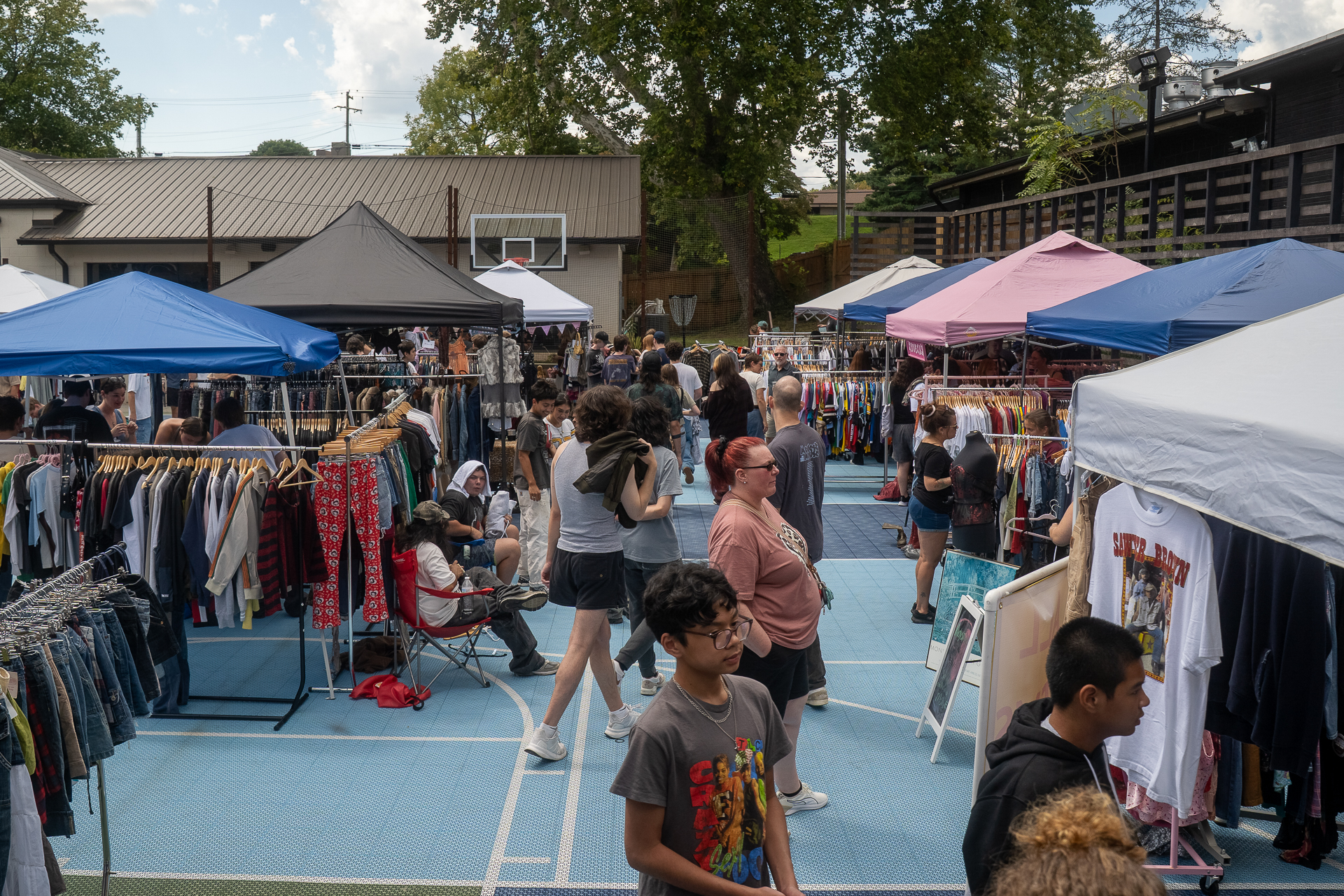
Reselling
Resale platforms and in-person markets gained popularity alongside thrifting. While curated events like Asheville Vintage Market focus on community and craftsmanship, some point to online reselling as a driver of inflated thrift prices.
Across platforms like Depop and Poshmark, secondhand clothing has turned into a global business. Depop alone handled $788 million in merchandise sales in 2024, with more than 2.6 million sellers and 5 million active buyers worldwide, according to Business of Apps. The global resale market is projected to reach $350 billion by 2028, growing about 18%each year, according to ThredUp’s 2024 Resale Report.
At times, sellers resell mass-produced fast fashion items at steep markups. A 2024 Vogue Business report found items from brands such as Forever 21 and Abercrombie being flipped online for up to five times their original price, often advertised as “rare vintage” despite their recent manufacturing.
Local culture
Local thrift shopping offers dual benefits, lower costs for buyers and a tangible form of environmental engagement. Asheville Vintage Market, now approaching four years of business, connects community members with curated vintage vendors, giving pre-loved items a new life.
This model aligns with the growing call for a circular fashion economy, which emphasizes keeping clothes in circulation longer to reduce waste and strain on natural resources.
In Asheville, reselling and thrifting is not just a budget-friendly trend. It represents a purposeful stand against fast fashion’s wasteful trajectory. As global data make clear, vast water use, rising carbon emissions, and shrinking garment lifespans demand attention. Local action matters.
